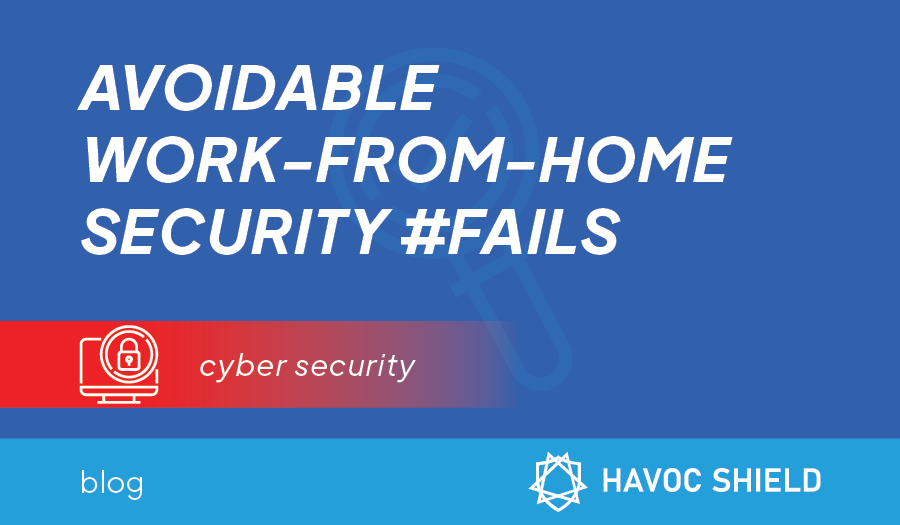The threat of cybersecurity attacks for employees who work-from-home has increased 238 percent since the pandemic began. It could be due to the increase in remote workers, with 35 to 40 percent of American workers now in work-from-home positions at least some of the time. This increase is also a direct result of totally avoidable work-from-home security fails.
Perhaps it is time to give your business an authentic cybersecurity questionnaire. Learn more about the top three work-from-home security fails here, and how to avoid them.
The Bring Your Own Device Problem
The bring-your-own-device (BYOD) problem for remote workers has placed an increase in stress on companies today. One report shows that 70 percent of remote workers say they will use their own devices to perform personal work, while 30 percent of them say that they will allow others to use their personal device. There aren’t many companies today with a remote workforce that will be happy with this security risk.
Even if the intentions are not nefarious for an employee to lend a device to another, the risk is significant in a world where cyberattacks are on the rise. Most workers at home today say the lines are blurred between personal and professional. Do data privacy laws come into play when workers are casually loaning out devices to solve a quick problem for a friend?
For today’s companies with remote workers, this is an avoidable security fail. It may be more affordable in the short term for them to allow the use of personal devices. However, the costs of a cyberattack or data breach could crumble them for an hour and lead to significant losses. Implementing personal device policies is an effective way of managing the risk of cybersecurity attacks.
Poor Password Policies
The year 2020 saw an increase in data compromises by 68 percent, with approximately 1,862 data breaches reported across the country. That is an average of 5 reported data breaches in American businesses today, with no telling as to how many go unreported. An employee copying someone else’s password and using it for themselves for nefarious internal purposes, for example, is a data breach that would go unreported.
Companies such as Apple, Comcast, and Facebook, with a large remote workforce and database of personal information, would not be okay with this. Neither would the smaller businesses who are terrified of becoming one of the 1,862 large data breaches.
This is a completely avoidable fail. The solution? Providing your employees with their own passwords is more affordable than the data breach, and also more secure from a human resources perspective. Employees with NDAs take their roles more seriously, and this is something else to consider as part of a multi-pronged approach to avoiding this security problem.
Failing to Implement VPNs
A VPN is a virtual private network that is used to maintain online privacy. It encrypts data tunnels to ensure that your data and work will not be detected or intercepted by cyberthreats. VPNs can also reduce data throttling, which occurs when an Internet Service Provider (ISP) slows down your Internet speed after you have reached your data cap for the month.
This will halt productivity, and also increase your security risk when your workers are remote. They will seek alternative means to increase the speed of their data.
Companies can and should do the same. Not only will a VPN mask IPs and locations of your workers, but it will secure that data. Additionally, running speed tests on the VPN and off it will indicate to you that performance is improved when workers are on a VPN. VPNs are affordable ways to prevent this completely avoidable work-from-home security fail.
Improve Your Cybersecurity Today
Better password security, stronger bring-your-own-device policies, and a VPN across all systems within your organization are simple keys to avoiding the most common work-from-home security fails. Create a team to develop the plan and begin to implement these solutions today. Secure your employees, strengthen your password policies, and develop strategies to secure your data lines.
With data breaches on the rise by over 200 percent today, the risk is real. Outsource these capabilities with products such as Havoc Shield that will improve your cybersecurity when you can to ensure that your company and its data are secure. Threats today are both internal and external, and easy to resolve when you have professionals managing both sides of that problem. Take the steps to improve your cybersecurity today.


